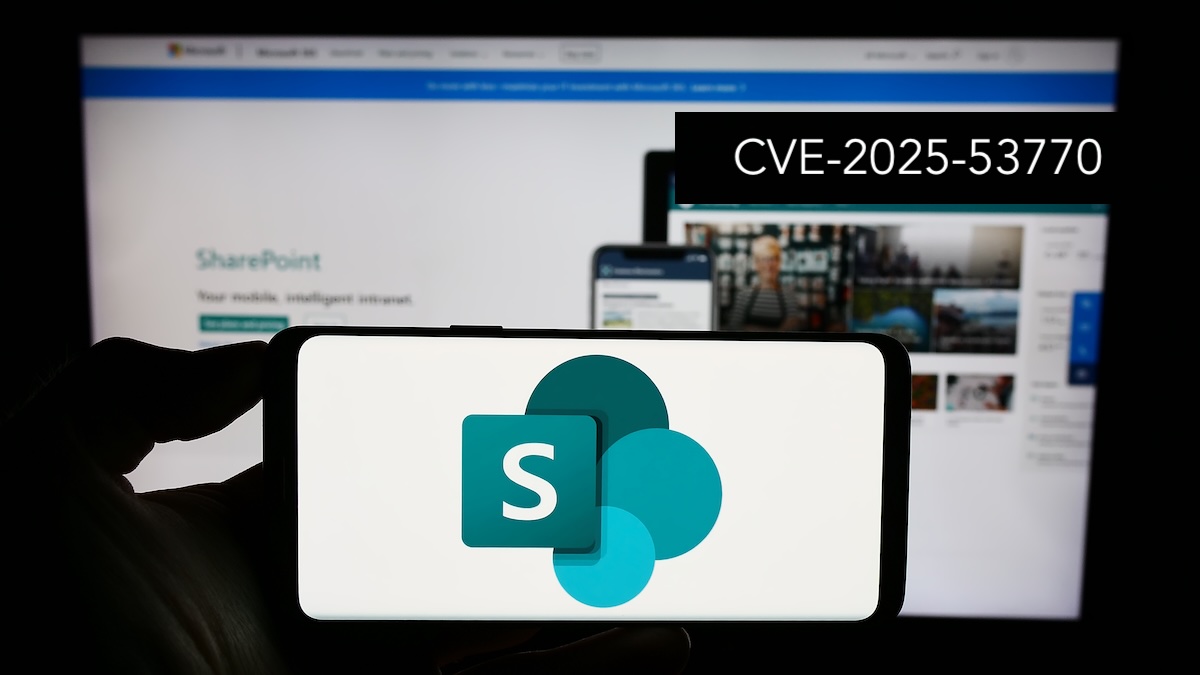
What do these stats depict? The growing use of mobile applications in our daily lives.
Every day, knowingly and unknowingly, we use several applications. And these applications do make our lives easier.
But here’s the thing— this positive development comes with its own set of issues. Imagine if the application you trust and use daily isn’t secure enough to protect your critical information.
There comes Application Security.
Building and launching applications aren’t enough; developers also need to ensure that the application is powerful enough to protect users’ data from getting into the wrong hands. That’s where application security comes into the picture. So what is it?
What is Application Security?
Application security is a set of measures taken to protect the application code and sensitive data from cyber-attacks. It starts from the beginning of the development process so that the application is almost free of vulnerabilities before reaching the production stage.
In this article, we’ll talk about some of the application security best practices to help you build a secure application. But before diving into that, you first need to understand the challenges you must guard against.
Application Security Challenges
Here are the application security challenges you need to know about in order to protect your application from cyber attacks-
Code Injections: This is a very common application security risk in which attackers inject malicious codes into an application to steal critical data or perform malicious activities.
DDoS Attacks: A distributed denial-of-service (DDoS) is designed to disrupt the normal traffic of a targeted server, service, or network by overwhelming the target or its surrounding infrastructure by driving more traffic than it can handle.
Malicious Bots: Malicious bots can gather sensitive information like passwords, collect critical data, launch DDoS attacks, spread malware, etc.
Insufficient Encryption Measures: The biggest reason behind all the stolen data, credit card frauds, or identity theft is weak encryption methods or even the lack of an encryption system.
Insufficient Use of Security Tools: Developers often need help finding the right testing tools or using them effectively because they think these tools might slow down the development process.
No DevSecOps Approach: Many developers don’t follow the security best practices to protect their applications. They neglect to invoke the DevSecOps process. The process allows the developers to ensure that all security-related issues are dealt with and resolved as soon as possible.
Open-source Vulnerabilities: Open-source components can come with both direct and indirect vulnerabilities, so it’s crucial to check for both.
Inexperienced Programmers: The applications security industry is still new and so it lacks experienced professionals. And since the field is growing at a rapid speed companies are finding it difficult to find knowledgeable people.
Staying Updated: Ths industry is evolving continuously and at a blazing fast pace and in order to stay competitive, organizations need to evolve their tech at the same speed. This can be challenging because using updated tech needs training for employees from time to time which is both time-taking and expensive.
Now that you have checked all the common application security challenges, we will share some best practices to help you secure your application as much as possible.
15 Application Security Best Practices You Must Know
In order to secure your application while using open-source components, organizations need to adopt some application security best practices. Here are some of such practices that can help you improve your application security level:
Implement a DevSecOps Approach
DevSecOps, also known as the shift-left approach, allows developers to detect security issues from the beginning of the application development process. This allows developers to fix the issues before they proceed with the next step of the development process.
Address Open-Source Vulnerabilities
Open-source components are easily available and can speed up the development process, but they come up with their own issues. Adding open-source components to an application can expose it to vulnerabilities. So, if using open-source, there should be regular monitoring and fixing of the vulnerabilities as soon as possible.
Patching
Developers often hesitate to update their software because it may require training before using it, but this could lead to major security issues. Updating and patching should be mandatory for any application.
Prioritize the Remediation Ops
Not all vulnerabilities are the same. Some may need immediate remediation actions, and some can be fixed later. This is why prioritization is essential for developers. In order to prioritize important fixes, developers need to perform extensive threat assessments and then start working on the ones that need immediate attention. The right security strategy automatically prioritizes crucial threats first and leaves the low-risk ones for later
Manage Your Containers
Organizations have started to embrace technology for the flexibility that comes with it, and with this popularity of containers has grown. Containers often develop security advantages that help make the application more secure. Because of their self-contained OS environment, they are segmented by design, which lowers the risk level of other applications.
However, containers are still vulnerable to exploits like breakout attacks where the isolation is broken. In fact, the code that is stored in the containers may be vulnerable.
In order to secure your containers used throughout the CI/CD pipeline, you need to regularly scan for proprietary and open-source vulnerabilities from the beginning to the end, including your registries.
Automate Easy Security Tasks
A manual approach is almost impossible to track all the vulnerabilities present in an application. Automation is inevitable here. All the simple and repetitive tasks should be automated so that the developers can focus more on the important tasks.
Risk Assessment
It’s always a good idea to assess the risks by thinking like the attacker. Here are some of the things that should be done-
Security Training for Developers
Developers are the most important part of any application development team. They are the ones who build it, push it to the development stage, and manage the rest of the things even after production. That’s why it’s essential to train them for security maintenance. The training, however, needs to be tailored to the developers’ role and security needs.
Encryption of Data
Failure to lock down your traffic can result in sensitive data exposure through various intrusions. For instance, if the app stores user IDs, passwords, or any other critical information in plain text, it’s like offering these details to hackers on a silver platter.
The basic encryption checklist should start with ensuring the use of SSL with an updated certificate. HTTPS has become the standard, so it’s imperative to use. Hashing is also preferred.
Manage Privileges
Not everyone in the organization needs to have access to everything. The more people have access, the more dangerous it is. As a good application security practice, you should limit access to applications and important data to only those who are an essential part of the development team.
Secure Your Tokens
While properly securing tokens for third-party services is very easy, developers still need to pay more attention to it.
Now it’s very easy to find unsecured tokens on the web by simply searching through popular developer websites. Developers include the token details in their open-source repositories instead of storing them in a more secure environment.
So securing the third-party tokens is one of the software security best practices. Don’t just leave tokens hanging around the web waiting to be picked by the wrong hands. Ensure it’s secure and away from cyber criminals.
Try Pentesting
While automated scanning spots and fixes most of the security issues in an application, there can still be some security flaws that may have gone unnoticed. To ensure that the application is secure and ready to be used by users, it’s a good idea to let an experienced pentester test the application before launching it. A pentester is an ethical hacker that tries to break into the application to identify vulnerabilities and spot potential spot vectors to secure the application from real-world attacks. Also, it’s advisable to have a tester who isn't a part of the core development or security team.
Accurate Input Validation
It’s crucial to ensure that all the application data is syntactically and semantically correct. Multiple things should be taken care of, like the data should include the expected number of alphabets, digits, or characters; it should have the right font size, length, etc.
Use Multiple Testing Tools
There are multiple security tools, like SAST, SCA, DAST, etc., available in the market. In order to make the application secure, it’s a good idea to combine multiple tools and run regular security tests during the development process.
Have a Bounty Program
It’s always better to have a bounty program in place so that other ethical hackers would be interested in testing the application and if they find any vulnerability, they will get a reward for it.
To Conclude-
From different minds come different opinions about application security best practices. However, in this article, we have included the best basic practices that most developers would agree with. With the help of these practices, you’ll be able to improve the security of your application and keep sensitive information away from getting into the wrong hands.
So before you take the plunge and start developing your application, make sure you have all these practices in mind while developing your application to ensure maximum security. Following application security practices from the beginning is important because this will help you to build a secure application before the production stage.
1. What is Application Security?
Application security is the process of developing, adding, and testing security features in an application in order to prevent and fix vulnerabilities against real-world threats.
2. Why is Application Security Important?
Building and launching applications aren’t enough; developers also need to ensure that the application is powerful enough to protect users’ data from getting into the wrong hands. This makes application security crucial for any application.
3. What are the Best Practices of Application Security?




